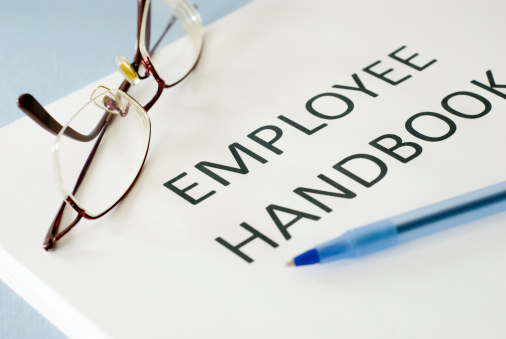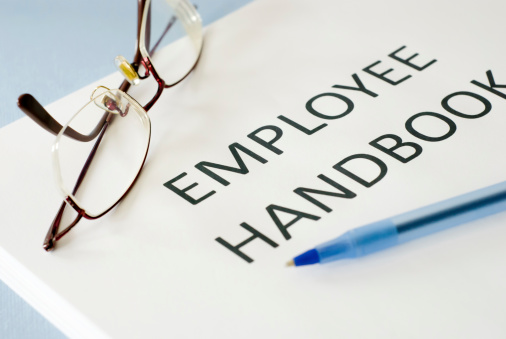Will Congress repeal health reform’s ‘Cadillac Tax’?
We know what you’re thinking: This is just the latest attempt by Republicans to shoot holes in the Affordable Care Act. But it’s not; this bill’s backed by 71 co-sponsors, and only three of them are Republicans.
It’s called the Middle Class Health Benefits Tax Repeal Act of 2015 (H.R. 2050), and it was introduced by Rep. Joe Courtney (D-CT).
The goal: Repeal the ACA’s “Cadillac Tax,” which is a 40% excise tax on health insurance plans costing more than $10,200 for individual coverage and $27,000 for family coverage.
The tax takes effect in 2018, after having already been pushed back from its initial start date of 2013 — and therein lie one of the problems.
Those thresholds were meant to be in place five years ago, when health plans were cheaper than they are today (although they’ve never been “cheap”).
Many in Congress, including a very large contingent of Democrats, believe the law is A) outdated, B) too flawed to have ever been passed to begin with, and C) tied to the wrong escalator — consumer spending and not healthcare costs.
The original delay of the bill was the result of lawmakers’ concerns over its potential impact (the old “kick the can down the road” routine). And now that its enactment is growing closer, they want it scrapped altogether.
In a release on his website, Courtney said:
“The excise tax is a poorly designed penalty that will put a dent in the pocketbooks of many families and businesses with health insurance plans that do not resemble the ‘Cadillac’ plans originally targeted when this policy was adopted — instead, the excise tax will punish people living in higher cost areas, with ‘Ford Focus’ level plans.”
Part of lawmakers’ concern is the tax thresholds (i.e., the $10,200 and $27,000 figures) are tied to consumer spending, which means that while they’ll increase over time, they won’t increase nearly as fast as healthcare costs.
As a result, it’s only a matter of time before every plan is considered a “Cadillac” plan.
The consulting firm Towers Watson went to work crunching the numbers. What it found was that in 2018, 48% of large employers with health plans will be affected by the tax. Then by 2023, that number will grow to a whopping 82% of large employers.
Courtney continued:
” … The excise tax is not a smart reform — it is a flawed, one-size-fits-all penalty that will degrade workers’ benefits, lead employers to choose less comprehensive plans, and force families to pay more out-of-pocket health care costs. Fortunately, we have the opportunity to eliminate this tax before it goes into effect, and I am proposing this legislation to ensure that America’s working families are protected from an uneven, unnecessary cut to their hard-earned health care benefits.”
Does the bill have a chance of passing? And even if it does, will it get vetoed by the president?
It’s too early to tell. But one thing’s for sure: Few bills seeking to rollback a large chunk of Obamacare have received this much backing from Democrats.
For more HR News, please visit: Will Congress repeal health reformâs âCadillac Taxâ?
Source: News from HR Morning



